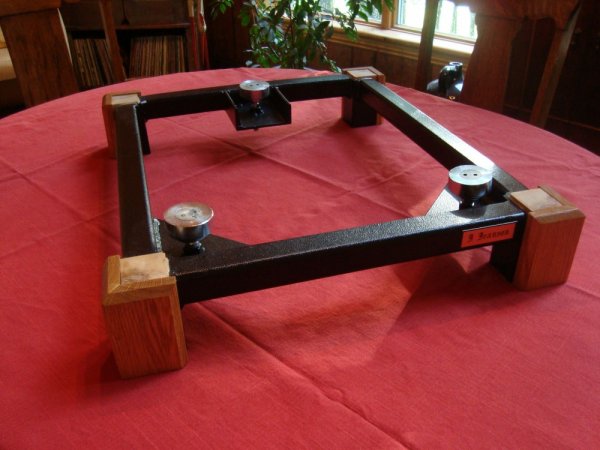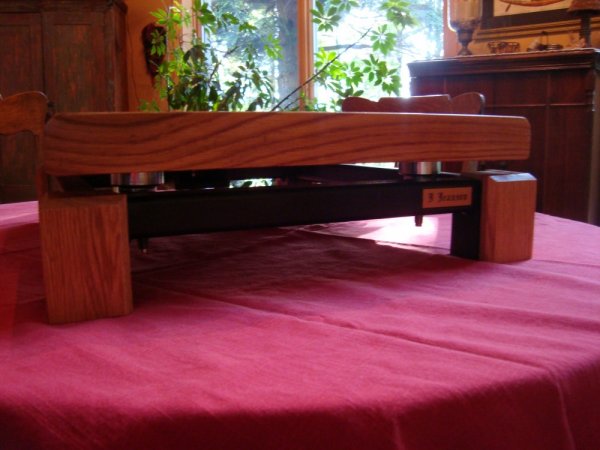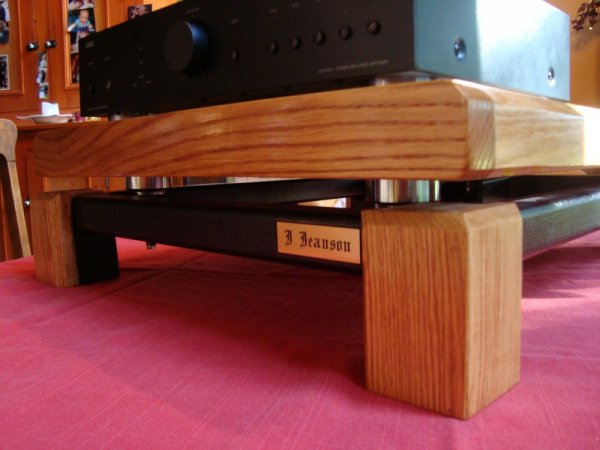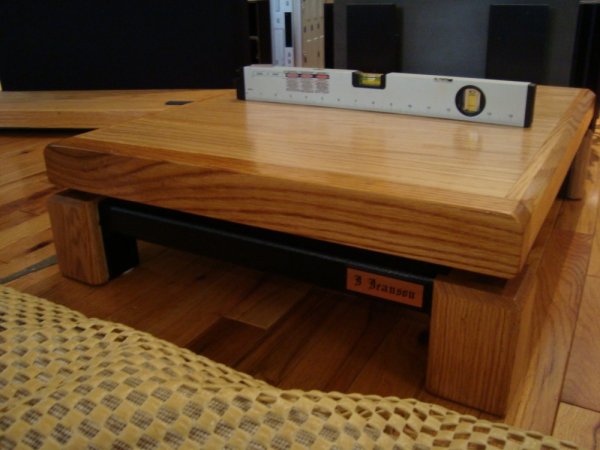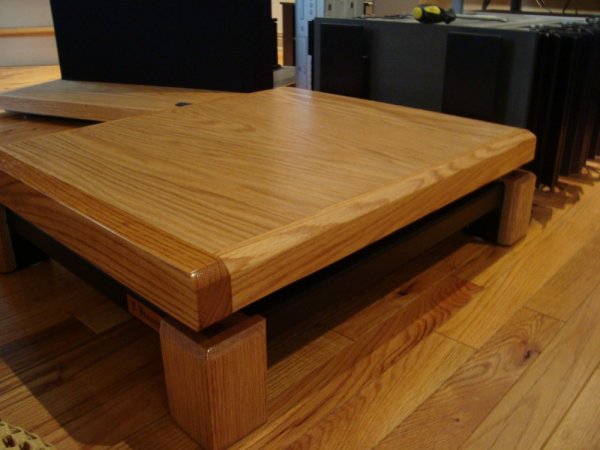The Frugal Audiophile can't really entertain the idea of turntable platforms from Symposium and other manufacturers, so he has to improvise to keep costs real. Two ways of doing that are butcher block and/or granite platforms. I've personally had wonderful success with my own concoction of an IKEA butcher block and furniture felt-pad covered hockey pucks placed underneath. By no means perfect, but it did help quite a bit in tightening things up.
I'm now wanting to experiment with a Granite platform to see if there is a difference for the better. I've heard both positive and negative opinions on both...hence the threadstart.
I would love to hear your opinion about these two materials and why you think one is better than the other.
I'm now wanting to experiment with a Granite platform to see if there is a difference for the better. I've heard both positive and negative opinions on both...hence the threadstart.
I would love to hear your opinion about these two materials and why you think one is better than the other.


